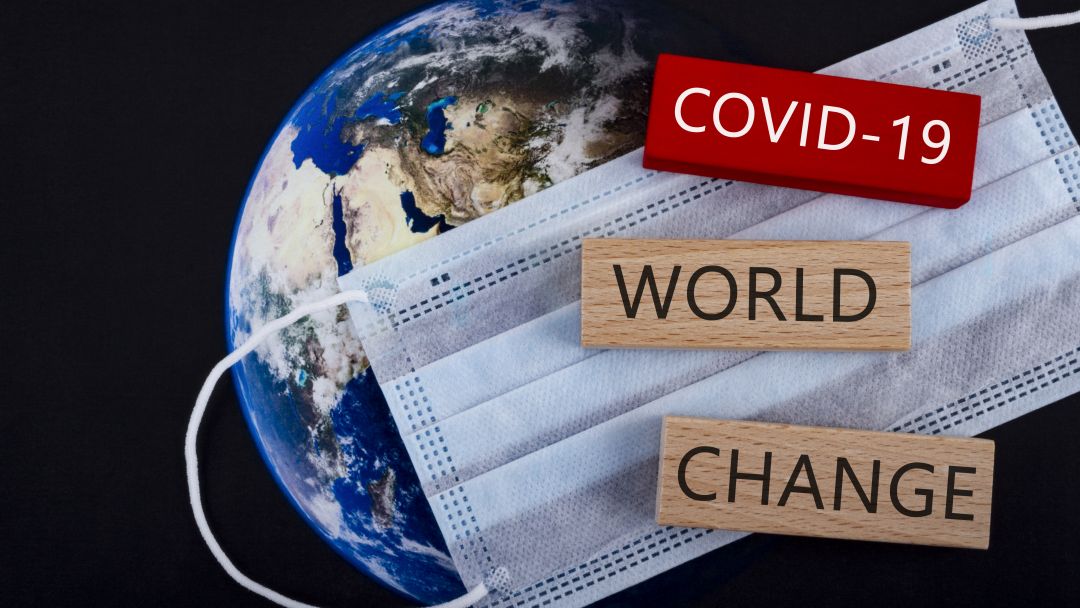What’s Happening in Schools Around the World?

There’s not a great deal that China and Denmark usually have in common. However, these unprecedented circumstances have thrust them together as the first nations to be re-opening schools as part of the reduction of lockdown caused by coronavirus. They have been subsequently joined by Australia. All are doing so incrementally, though in different ways. Some are starting with primary, others from the oldest pupils.
Inevitably, the circumstances and restrictions under which they are operating are being closely scrutinised by the rest of the world, all anxious to begin the painful process of social reconstruction. Opening schools is seen as an essential dimension of this. The world of PE and school sport is watching carefully, as physical activities – an essential part of the character of schools, and vital to their business case – are amongst the most difficult areas to accommodate distancing.
No one disputes that it is desirable for children to resume being active, but finding the conditions and activities to achieve this safely is a challenge. Schools in China are requiring temperature checks several times each day, and the routine wearing of masks. Exercise is part of the curriculum, but in a distanced way. Pupils are spread across fields for exercise, with minimum spaces between. No “object contact” is allowed, so balls remain locked away, and mats cleaned before and after use. Pupils have their own bag of equipment, such as skipping ropes, which can’t be shared. In Denmark, balls are in use, but are cleaned before and afterwards. There is a preference for outdoor lessons everywhere, both to more easily accommodate distancing and because exhaled water droplets travel less far than indoors. There are more outside breaks than previously, and all countries are allowing play, some more firmly distanced than others. Australian schools have playground activity, but no organised games yet – but they have only been back a week.
The supporting arrangements are causing at least as many difficulties as the activities themselves. The use of changing rooms is generally being avoided, as the inevitable congestions is inconsistent with distancing requirements. Swimming pools are universally out of action, largely, it seems, through concerns over changing, rather than the safety of the activity. Raised levels of hygiene and equipment cleaning are mandatory everywhere.
One thing that is entirely consistent is that traditional games and school sport are not part of the immediate plan. Organised games appear to be some way distant, whether they conventionally take place in schools (as in China and Australia), or the club environment (in Denmark). All countries appear keen to incorporate exercise, and some report much reduced fitness levels amongst pupils returning to school. There is, however, nervousness about sports programmes. Many pupils are inevitably desperate for a return to team competition, but all the evidence is that they will be waiting for quite some time yet - wherever they are in the world.
What can be learned from this early experience? What can be done now to prepare for UK schools opening their doors, which might be as early as 1 June? Firstly, that creative ways of delivering fitness based exercise will be necessary in the short term, using a minimum of equipment. Secondly, sadly, that organised sport will be considerably further down the line than might have initially have been hoped. Finally, there will be a need for cleaning and distancing protocols, and new arrangements for changing and equipment that will be more extensive than ever before.
There will be physical activity in schools, probably early in the restoration of operations. But it may be different from anything ever seen before.